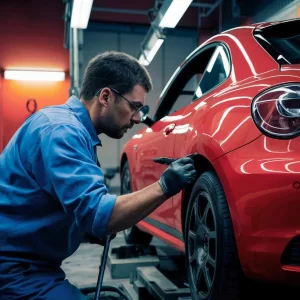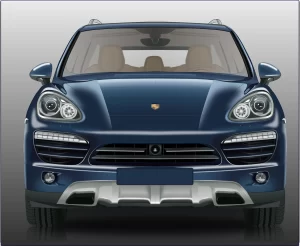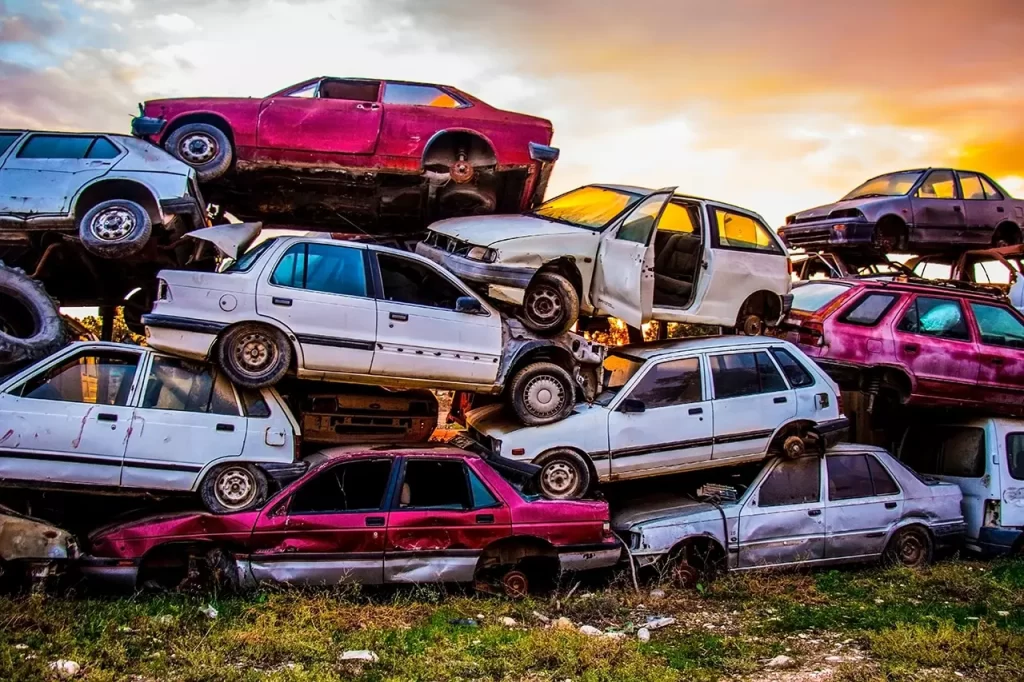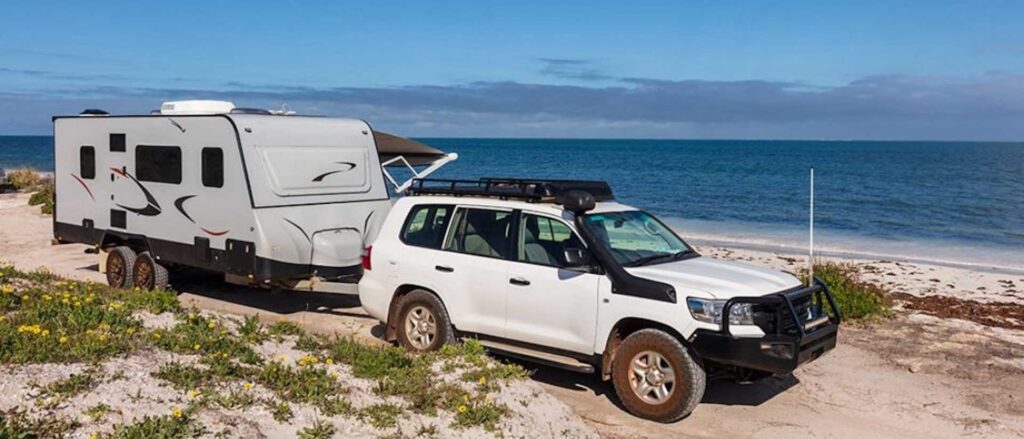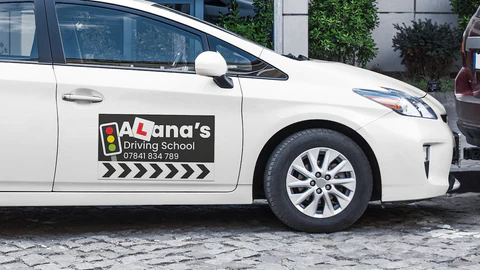Driving a vehicle is a complex task that requires more than just a basic understanding of its mechanics. Knowledge, awareness and experience are all necessary. Here are some tips and advice that will help you to become a safer and better driver, whether you’re new or have been driving for years.
Understanding Your Vehicle
Know Your Car
- Read your manual: Begin by reading the owner’s manual of your vehicle. This manual contains important information about the features of your car, maintenance schedules and what warning lights mean on your dashboard.
- Familiarize yourself with Controls: Be familiar with the location and functions of all controls in your vehicle, including the lights, wipers and air conditioning.
Maintenance Checks
- Maintenance Schedule: Follow the maintenance schedule provided in your owner’s guide. Regular maintenance is important, including brake checks and tire rotations.
- Tire Maintenance: Check the tire pressure every month and maintain it according to manufacturer’s specifications. Check for wear, and replace when necessary.
- Check your fluid levels: Make sure to regularly check the fluid levels in your vehicle, including brake fluid, oil, coolant and windshield washer fluid.
Safety Driving Practices
Defensive driving
- Be Alert: Always stay aware of what’s around you. Be aware of the traffic ahead and check your mirrors often.
- Expect Unexpected Hazards: Anticipate hazards and prepare to react. Be prepared for sudden stops by cars or pedestrians.
- Keep Safe Distance: Maintaining a safe distance will give you ample time to react. The “three-second rule”, which states that you should keep at least 3 seconds between yourself and the vehicle in front, is a good general rule.
Obey traffic laws
- Speed Limits: Always obey the speed limit. In bad weather and heavy traffic it is wise to slow down.
- Indicators: Always communicate your intentions to the other drivers. Your indicators are vital for communicating with other drivers, whether you’re changing lanes or stopping.
- Stop signs and traffic lights: Completely stop when you see stop signs or red lights. When the light turns green be cautious and make sure the intersection is clear.
Avoid Distractions
- No Texting: Texting while driving is prohibited. Even hands-free phone calls can distract you. Pull over to a safe place before you make or send a phone call.
- Minimize Distractions in the Car: Adjust radio, climate control, and GPS settings prior to driving. Avoid distractions, especially when driving in traffic or complicated situations.
- Focus: Maintain your focus on driving. Avoid eating, grooming or other activities that divert your attention from driving.
Handling Different Driving Conditions
Weather Conditions
- Rain: Slow Down, Turn On Your Headlights and Maintain A Greater Following Distance. Avoid sudden movements and be cautious about hydroplaning.
- Driving on Snow and Ice: Slow down, brake gently and increase the following distance. If you begin to skid, turn in the direction that you wish to go.
- Fog: Reduce your speed and use low beam headlights. Also, increase the following distance. If visibility is very low, use the right edge to guide you.
Night Driving
- Use your Lights: Make sure that you have clean, well-aimed headlights. On dark roads, use high beams unless there is another vehicle approaching.
- Slow down: At night, visibility is lessened. Therefore, you should slow down your speed and increase the distance between you and the vehicle in front.
- Be Alert: Fatigue tends to be more prevalent at night. Make sure you are well-rested and take breaks as needed.
Navigating Complex Driving Scenarios
Highway Driving
- Merging: Accelerate at the same speed as traffic to merge onto the highway. Before merging, use your indicators and make sure you are aware of your blind spots.
- Lane discipline: Stay in the right lane unless you are overtaking. Left lanes are usually reserved for traffic moving faster.
- Exiting : Signal in advance, and make sure you are in the right lane to exit. If necessary, reduce your speed when exiting the ramp.
Urban Driving
- Be Alert for Pedestrians: Pay attention to pedestrians in urban areas, especially. At crosswalks, you must always yield.
- Navigating Intersections: Be ready for sudden stops and starts. When turning, be aware of cyclists and pedestrians.
- Parking: Be aware of parking regulations and practice parallel parking. If you have a reverse camera and mirrors, use them to park safely.
Fuel Efficiency Tips
- Smooth Driving: Avoid rapid acceleration or hard braking. Smooth driving increases fuel efficiency.
- Maintain Steady speed: Use the cruise control to maintain a constant pace on highways and increase fuel efficiency.
- Proper tire inflation: Maintaining your tires properly inflated will improve your gas mileage.
- Reduce weight: Remove unwanted items from your vehicle to reduce weight and increase fuel efficiency.
- Plan your Trips: Combine all errands in one trip to avoid traffic jams and save fuel.
Handling Emergencies
- Breakdowns: In the event of a breakdown, you should try to remove your vehicle from traffic safely. Set up warning triangles and flares, if available.
- Flat tire: Know how to change your tire. Keep a spare tire, jack and tire iron with you. Pull over in a safe place to change a tire if you have a flat.
- Accidents: Check for injuries in the event of an accident and contact emergency services as needed. Share information with the driver next to you and take photos of the accident scene.
Legal and Ethical Considerations
- Insurance: Make sure you are covered by adequate insurance. Be sure to familiarize yourself with your insurance policy.
- DUI laws: Do not drive while under the influence. Know the limits of the law and the serious consequences that come with driving while impaired.
- Respect Others: Be courteous towards other road users. When appropriate, yield the right-of-way, avoid aggressive driving and be patient.
Continuous Improvement and Learning
- Advanced Driver Courses: Take advanced driving courses to enhance your skills. These courses will teach you how to handle your car and react to unexpected situations.
- Stay informed: Be aware of changes to traffic laws and driving rules in your area.
- Self Assessment: Be open to improving your driving habits. Ask more experienced drivers for their feedback and learn from your mistakes.
Environmental Responsibility
- Eco Friendly Driving: Adopting driving habits that reduce carbon footprint. Avoid excessive idling and drive smoothly. Maintain your vehicle to keep it running efficiently.
- Carpooling & Public Transport: Consider carpooling or taking public transport whenever possible to reduce traffic congestion.
- Sustainable Options: If you’re looking to purchase a new vehicle, choose fuel-efficient vehicles or electric cars to help contribute to a clean environment.
Conclusion
Driving is a combination of knowledge, experience and responsibility. Understanding your vehicle, using safe driving techniques, and preparing for different driving conditions will help you to ensure your own safety as well as the safety of other road users. For you to become a better motorist, it is important that you continue learning and assess yourself. Driving isn’t just about getting to your destination. It’s also about having fun and being responsible on the way.

